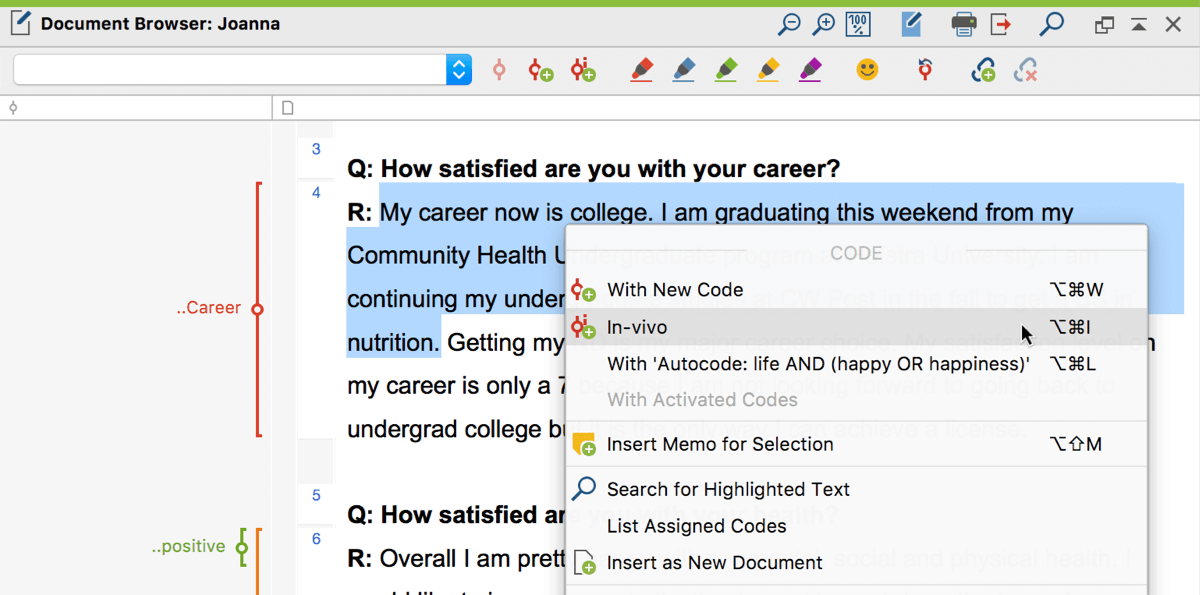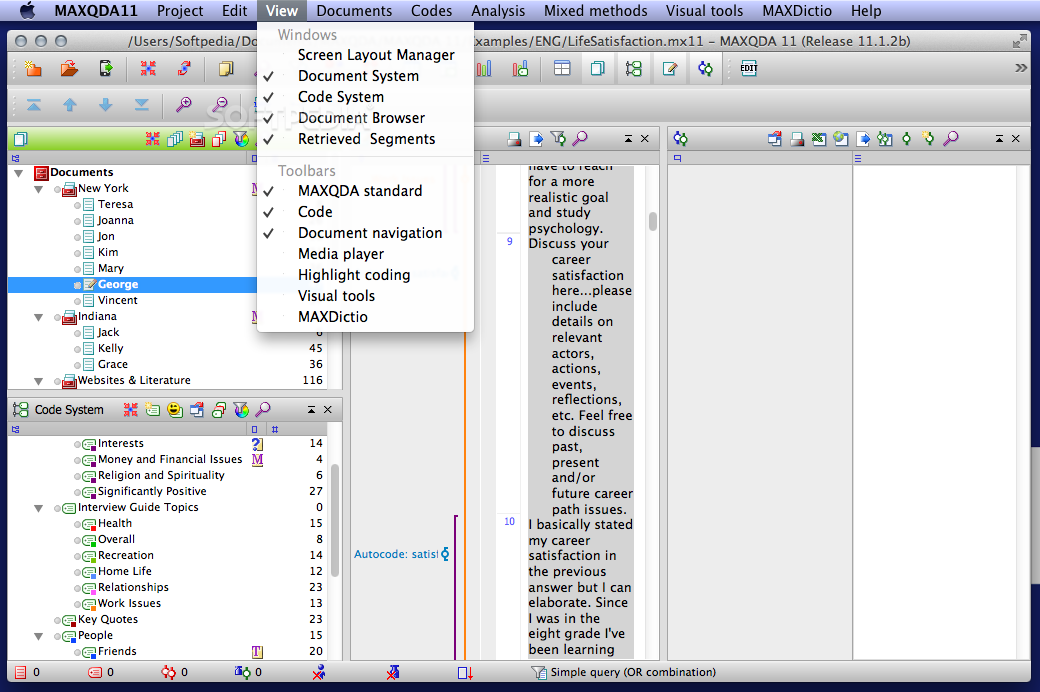
There are no strict rules about what to exclude. The idea is to exclude distracting repetitions and filler words to obtain a more readable transcript while preserving the participant’s intended meaning. Intelligent verbatim transcript: By contrast, the intelligent verbatim transcript is a more readable form of the verbatim transcript.For example in the legal context, a verbatim transcript can give information about the witness’s confidence. While verbatim transcription usually takes longer compared to other transcription methods, it can be worth the effort, as those non-word sounds can convey information about the interviewee’s state of mind. Verbatim transcript: A strict verbatim interview transcript includes every word and sound that was recorded, including filler words, repeated words, stuttering and stammering, non-verbal nods, and if possible, non-verbal expressions of emotion, such as laughter or groaning.To empower you in coming to an informed decision, we briefly present the most common interview transcription methods. Consequently, interview transcription methods arised that mainly differ in their strictness of what is transcribed from the recording. Interview transcription might seem straightforward, but once you get started you will recognize that people stutter, repeat words, and use non-verbal language. It allows you to search your entire material or a part thereof for specific terms and automatically codes the search hits. If you have a large amount of data, the Search and Autocode tool can be especially useful. By attaching memos like post-it notes to text passages, texts, document groups, images, audio/video clips and of course codes, you can easily retrieve them at a later stage.

To keep track of your ideas you can write Memos. For example, you can assign symbols and emojis to your data segments. In addition, MAXQDA permits many further ways of coding qualitative data.
Coding in maxqda software#
Of course with a professional interview transcription software like MAXQDA, you can code many more data types, such as audio and video files, or social media data. If you don’t have a name for your category yet, you can use highlighters to mark important text passages. Simply drag and drop codes from the code system to the highlighted text segment. MAXQDA offers many possibilities for coding qualitative data. With the Creative Coding tool and the Smart Coding tool, you can easily refine your code system.

You can also use highlighters or emoticons to code your material. Via drag-and-drop, you can hierarchically organize your code system. Of course, you can change every aspect of your code at a later point in time. The new code will be displayed in the Code System. Choose a descriptive name, select a color, and add a description that explains when to use the code. To create your Code System simply go to the Code System window and click on new code. For example, the In-vivo coding tool is especially suited for inductive coding approaches.

Because MAXQDA is a software designed by researchers for researchers it supports a variety of QDA approaches with specialized tools. A code can be described as a label used to name phenomena in a text or an image. Coding refers to the process of assigning a code to a segment of your material.

Coding qualitative data (categorizing interview) lies at the heart of many qualitative data analysis approaches.


 0 kommentar(er)
0 kommentar(er)
